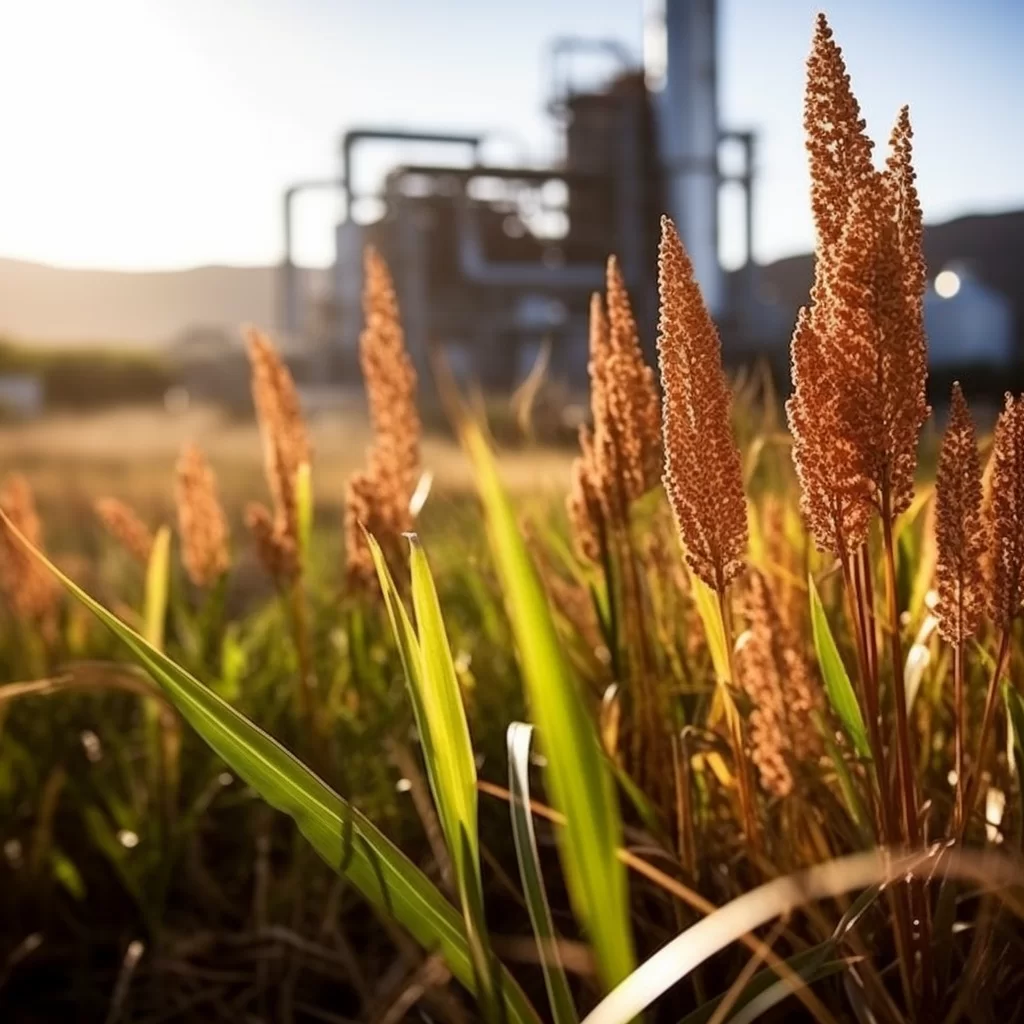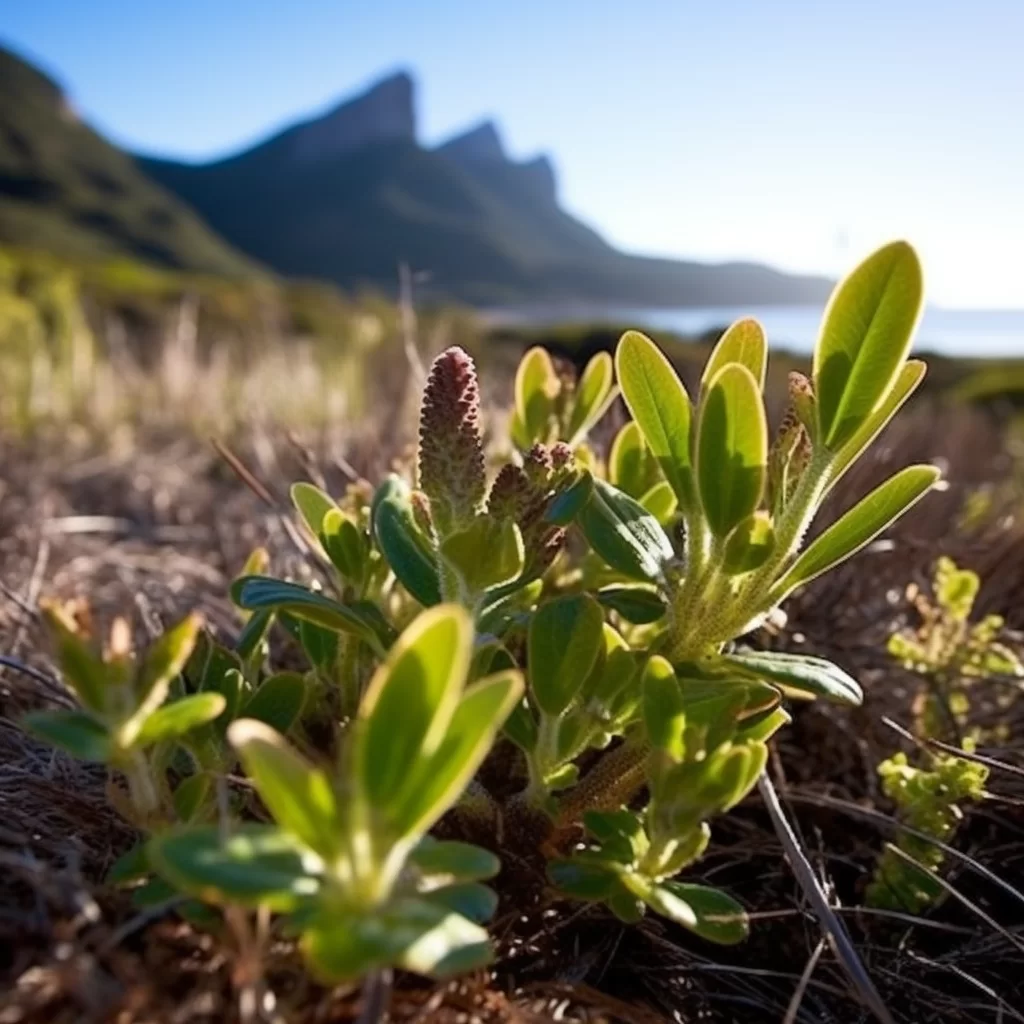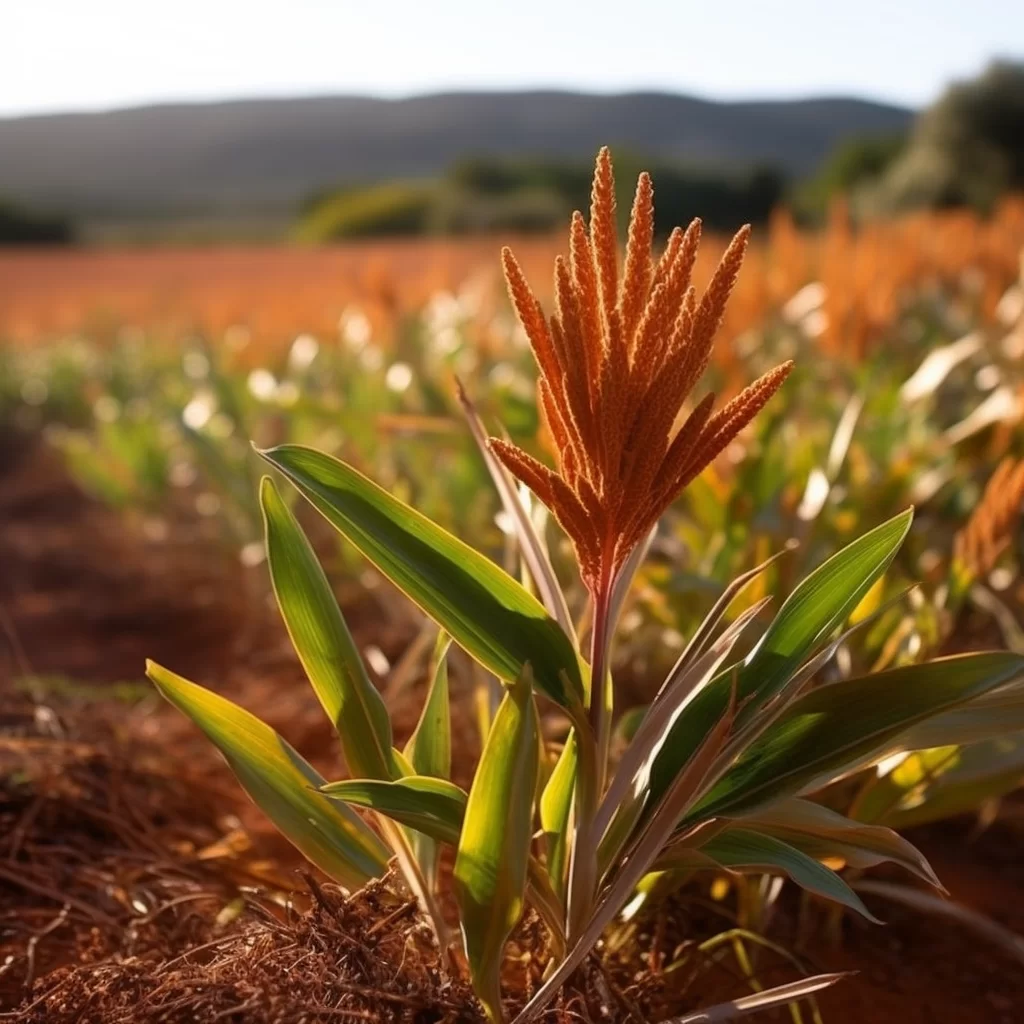Story of Day :
Contents
The Cape Rush Plant: A Comprehensive Guide and Care Tips
Are you looking for a plant that will add texture and interest to your garden or landscape? Look no further than the Cape rush plant! This unique, grass-like perennial is native to South Africa and has gained popularity in gardens around the world.
In this article, we will provide a complete guide on how to care for the Cape rush plant.
What is the Cape Rush Plant?
The scientific name of the Cape rush plant is Chondropetalum tectorum.
It belongs to the Restionaceae family, which includes other similar-looking plants such as reeds, sedges, and rushes.
The plant grows in clumps that can reach up to five feet tall and four feet wide.
It has thin stems that are greenish-brown in color with small flowers that bloom in late spring through early summer.
Cape Rush Plant Care Tips

- Light: The Cape rush plant thrives in full sun but can tolerate some shade.
- Water: Keep soil moist but not waterlogged.
- Fertilizer: Apply a slow-release fertilizer during the growing season (spring-summer).
- Soil: The ideal soil pH for this plant is between 6.0-7.5 and should be well-draining.
- Maintenance: Remove dead or damaged leaves regularly by cutting them at their base using sharp shears or scissors.
Growing Tips
- Drought Tolerance: Cape rush plants are drought-tolerant and can survive in areas with minimal rainfall.
This makes them an ideal plant for xeriscaping or water-wise gardening.
- Cold Hardiness: The plant is hardy to USDA zones 8-11, making it suitable for gardens in most parts of the United States.
- Container Gardening: The Cape rush plant also grows well in containers, provided the pot has drainage holes at the bottom to prevent waterlogging.
Pests and Diseases

The Cape rush plant is generally pest-resistant.
However, it can be susceptible to fungal infections if grown in poorly-draining soil or overwatered.
Signs of fungal infection include yellowing leaves, wilting, and stunted growth.
To prevent fungal infections, ensure that you provide adequate drainage and avoid overwatering.
Benefits of Growing a Cape Rush Plant
- The unique texture and appearance of this grass-like perennial add interest to any garden or landscape.
- The plant’s drought tolerance makes it ideal for xeriscaping or water-wise gardening.
- Cape rush plants are low-maintenance and require minimal care once established.
- Their fast-growing nature means they fill up empty spaces quickly, making them perfect for landscaping projects that require quick results.
In Conclusion: A Low-Maintenance Addition to Your Garden!

If you want a low-maintenance yet visually appealing addition to your garden or landscape design, consider growing a Cape rush plant! With its unique texture and interesting appearance coupled with its ability to withstand drought conditions with minimal care requirements; this grass-like perennial is an excellent choice for those looking for something different.
By following the care tips outlined in this article, you can ensure that your Cape rush plant thrives and adds beauty to your outdoor space for many years to come!